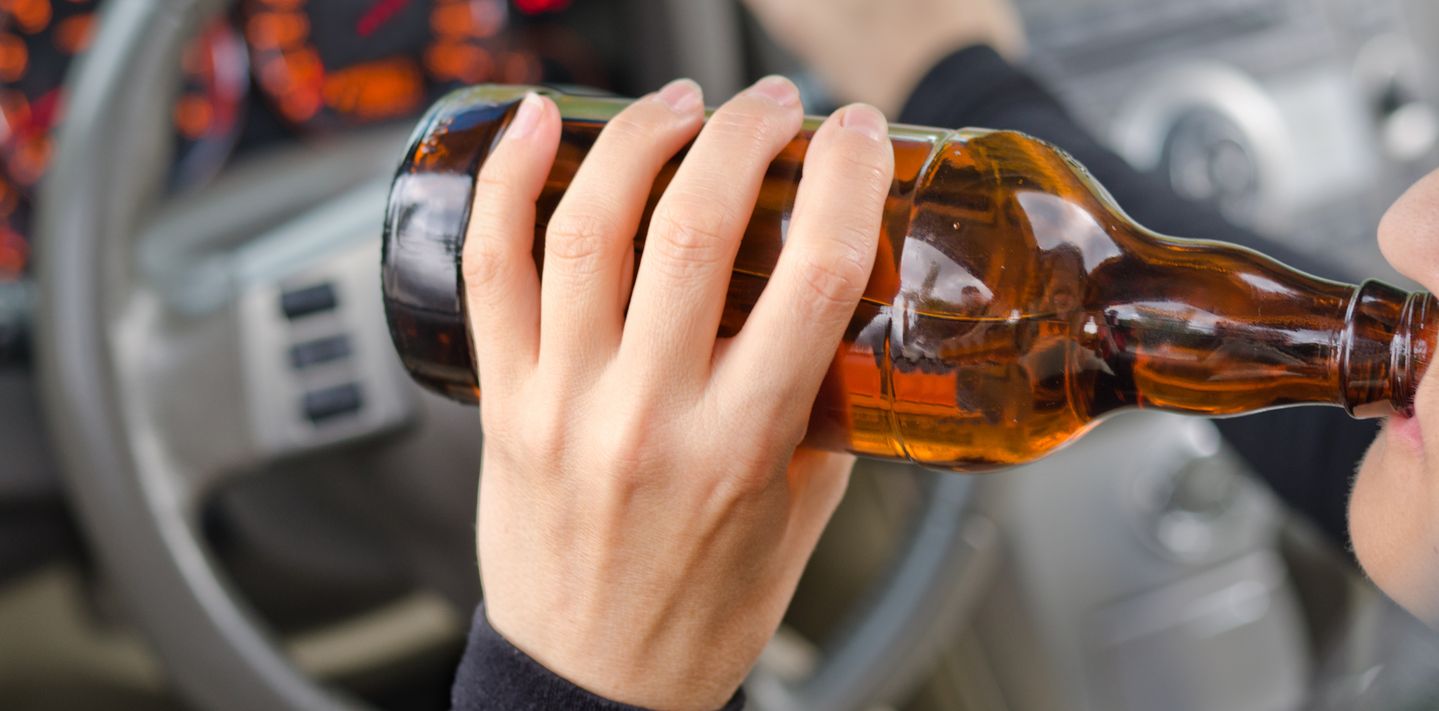
What are the rules on drinking alcohol and driving?
Australia has very strict laws regarding the mixing of alcolohol and/or drugs and driving.
Read on to find out why.
Australia has strict laws about driving under the influence of alcohol and/or drugs. This is treated as a serious offence and any person who is found to be operating a vehicle with an excess of the blood alcohol concentration (BAC) or with drugs in their system may face penalties ranging from driver’s licence suspension or cancellation, demerit points, fines, or even imprisonment for more serious and/or repeat drink driving offences.
Why you shouldn’t drive with alcohol or drugs in your system
Drink and/or drug driving is a significant road safety issue for a wide range of reasons, but one of the primary issues is that it impacts upon judgement and decision making. Even a small amount of alcohol or drugs in a person’s system can affect their driving ability and as they’re often combined with other unsafe habits such as not wearing a seatbelt or speeding, they contribute to increased injuries in the case of an accident. Mixing alcohol and/or drugs and driving will:
increase the effects of fatigue,
slow reaction time, and
reduce attention span and visual acuity.
What are the alcohol concentration rules in Australia?
As a general rule, drivers with a full licence you’re not allowed to drive a car with a blood alcohol concentration (BAC) of 0.05% or higher, nor with any traces of drugs in your system. If you hold a learner or probationary driver’s licence, your blood alcohol level must be zero. Keep in mind that while road laws are state- and territory-based, all states and territories have similar rules.
What is BAC?
BAC refers to the blood or breath alcohol level—it is a measurement of the number of grams of alcohol per 100mL of your blood. A measurement of 0.05 blood alcohol concentration means your body contains 0.05g of alcohol per 100mL of blood or 210L of exhaled breath. BAC is most frequently tested through breath testing where the driver is required to blow into a breathalyser which records the level of alcohol on the driver’s breath. Depending on the reading, this may be followed up with a blood test to confirm a result.
How quickly will alcoholic drinks increase my BAC?
As soon as you start drinking, your blood alcohol concentration will begin to rise. Stronger drinks (spirit and wine for example) will increase your BAC level faster than light beers, but the rate of increase is also dependent on a number of other factors including:
how much and how quickly you drink,
when your last meal was and if you are eating while you are drinking,
your muscle to fat ratio and your weight.
It can take hours after you have stopped drinking for your blood alcohol concentration to reach its highest level, and it is not unusual for people who have drunk heavinly the previous evening to still be over the limit in the morning. Counting standard drinks before you drive to guess your blood alcohol concentration is difficult, inaccurate, and should not be relied on. The only way to be sure you are under the drink driving limit is to not drink and drive.
What if I refuse to be tested?
Refusing to undergo a breathalyser alcohol test if requested by a police officer is an offence, and can result in the arrest of the driver.











